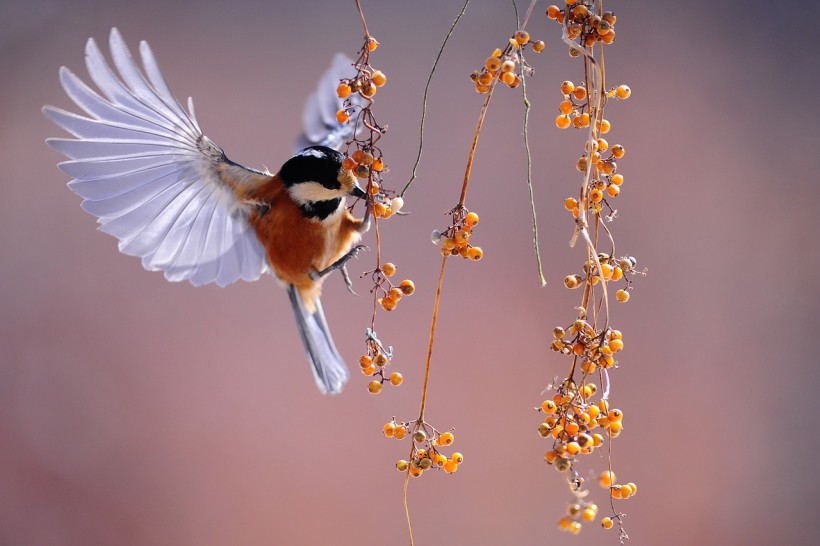The United Kingdom's loss of almost one-ninth of its wild bird population since 1970 can be observed as the occurrence of wild bird species in flight, and the delightful sounds of their singing are becoming less frequent.
As MailOnline cited, official statistics from the Department for the Environment reveal that British wild bird species have decreased by 12% between 1970 and 2021, with some bird types have declined by up to 90%.

UK Wild Bird Species Alarmingly Fall by 12% Since 1970: Why Are Their Numbers in Sharp Decline?
Wild Bird Species Declining
In 1970, there were ten times as many birds as today, including the turtle dove, capercaillie, lesser whitethroat, willow tit, grey partridge, tree sparrow, and spotted flycatcher. Today, these species have dramatically declined in number.
On the other hand, the statistics also show that some bird species have increased dramatically, such as the Cetti's warbler, blackcap, buzzard, great spotted woodpecker, red kite, and collared dove.
Organizations like the British Trust for Ornithology, the Royal Society for the Protection of Birds, and the Joint Nature Conservation Committee track over 130 wild bird species with over 500 breeding pairs. They identified a dramatic decline of birds in farmlands and woodlands.
The report shows that there are 44% lower wild bird species in farmlands, 34% lower in woodlands, 11% lower in wetlands, and 8% lower in upland birds.
However, the report has not considered the number of seabirds and has not been updated since 2019 due to COVID-19 lockdowns. Nonetheless, the report says that seabirds were 24% lower in 2019.
Moreover, the Environmental Health News reported that birds migrating to a place in Somerset have fallen by at least 75% or even more. Many of these birds include swallows, warblers, and flycatchers.
A 2021 study published in Global Change Biology reported a poor breeding year of birds in Britain and that winter birds are down by more than 70% in less than a decade. Experts said that these statistics are deeply concerning and that it will be tragic if the birds will disappear.
ALSO READ: Climate Change Affects Migration of Birds
Why Are UK's Birds Declining in Number?
MailOnline reported that the decline in wild bird species could indicate that nature is suffering. Experts said that the bird populations have long been considered a good indication of how wildlife in the UK is faring. This is because they occupy many habitats and respond to environmental pressures that can affect other wildlife.
According to Bird Guides, Eurasian Skylarks were observed in the 1970s to have changed their diet during winter, shifting away from seeds and towards autumn-sown cereal shoots.
The British Trust for Ornithology (BTO) has suggested that this behavior change may have been a sign of potential food shortages due to decreased available weed seeds and increased herbicide use, resulting in reduced winter stubble.
Additionally, the increased height of autumn-sown crops can affect breeding patterns, as birds abandon fields when the crops reach a certain height before the end of the breeding season, leading to the placement of nests closer to predator-friendly vehicle tracks and increasing predation rates.
Environmentalists and conservationists call for everyone to take robust action to reduce key pressures on wild bird species and improve their habitats to promote conservation.
RELATED ARTICLE: Here's How City Lights Both Attract and Repel Migratory Birds
Check out more news and information on Birds in Science Times.














